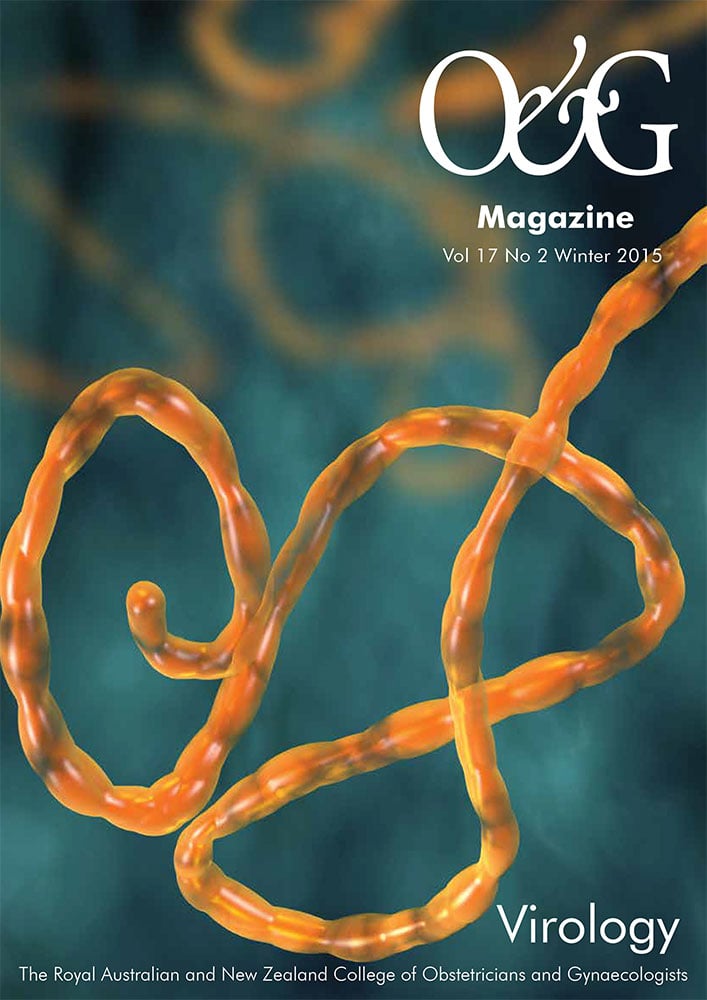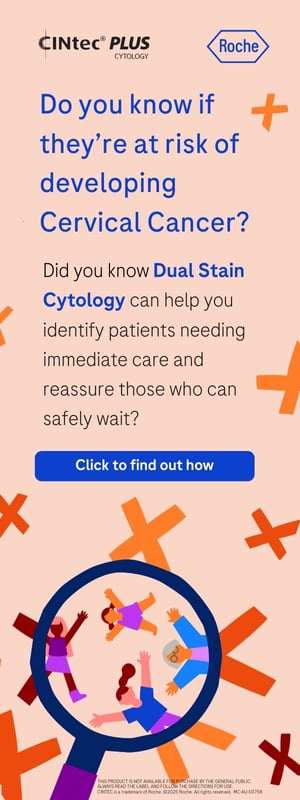Over a year ago, on 22 March 2014, the World Health Organization (WHO) declared there was an outbreak of Zaire ebola virus in Guinea. In May 2014, cases were being diagnosed in Guinea, Liberia and Sierra Leone.1 2 By early April 2015, a little over a year since the epidemic was declared, there had been more than 25 000 confirmed, suspected and probable cases in West Africa and more than 10 000 deaths. Sierra Leone alone had had more than 3800 deaths.3
The response required to ultimately control the epidemic involved the co-operation of local governments and organisations and international actors. An integrated approach was needed, which included ambulance services, expanded laboratory capacity, burial teams, health surveillance, contact tracing, health promotion and treatment beds.
One element of the international response in Sierra Leone involved constructing additional Ebola Treatment Centres (ETCs), a number of which opened in December 2014. This included Hastings Airfield ETC, just outside of Freetown, which is managed by Aspen Medical as part of Australia’s Ebola response.4
Finally, in December, seven months after the first reported case, the ratio of beds to patients in Sierra Leone increased to above one. This was in part owing to the increased number of ETCs, but also to other measures starting to slow the epidemic.5 Importantly, in most areas patients were now able to be cared for outside of their families, decreasing onward transmission.
Behavioural change was essential to control the epidemic. The riskiest behaviours included attending traditional funerals, caring for the sick at home and treatment of infected patients by health workers with inappropriate personal protective equipment (PPE) or training in the use of PPE.6
Traditional funerals are particularly dangerous as people travel widely to attend. The body is washed, and the mourners will touch and kiss the body before eating a communal meal. Funerals for pregnant women may pose extra risks as in many areas in West Africa it is taboo for the body to be buried unless the fetus is removed first.7
In Monrovia, the government made it compulsory for bodies to be cremated, despite it not being culturally acceptable. Médecins Sans Frontières (MSF), through necessity, suddenly found itself in the crematorium-building business.
Traditional burials were criminalised throughout West Africa, but the cultural sensitivities surrounding death led to reports of people hiding sick people and bodies and also to rumours of the harvesting of body parts. In Liberia, while working with MSF in Lofa district, I met one man who was frightened the burial team was planning to take his father’s organs. Owing to these types of misconception, MSF in Lofa routinely offered relatives the opportunity to dress in PPE to witness the preparation of the body for burial.
Healthcare became a dangerous activity. It was estimated at one point that healthcare workers were 100 times more likely to catch Ebola than the general population and early in the epidemic they made up ten per cent of cases. Before the epidemic in Sierra Leone there were 0.2 doctors per 10 000 head of population, compared to 33 per 10 000 in Australia.8 9 By 1 April there had been approximately 861 healthcare worker infections and 495 deaths in Guinea, Liberia and Sierra Leone.10 Sierra Leone alone had lost 12 doctors to Ebola by the beginning of April, a serious loss to the healthcare system.
Impact on women
Sierra Leone has a population of approximately 6.4 million, with a median age of 19. Life expectancy in 2012 was 45.3 with an infant mortality of 117 per 10 000 and maternal mortality of 890 per 10 0000 (2010).11
The situation for pregnant women worsened, largely because of disruption of access to health services rather than Ebola infection itself. The United Nations Population Fund estimated that the maternal mortality rate in Sierra Leone risked approaching 2000 per 10 0000 births, reversing all the improvements since the civil war and making Sierra Leone the most dangerous country in the world in which to be pregnant.12
Access to antenatal care and assistance with normal deliveries became limited owing to the closure of health centres and restrictions on travel.13 The government also temporarily banned traditional birth attendants from working. Interestingly, female genital mutilation (FGM), which had had a prevalence of 89.6 per cent, was also banned.14
Women who did reach a hospital with antenatal or postpartum haemorrhage or abortion were likely to be turned away owing to the apprehension that they were presenting with Ebola. This is not surprising as the case definition of Ebola includes pregnant women with vaginal bleeding and a fever, or history of fever – a not uncommon presentation in obstetrics. Many hospitals stopped performing caesareans after doctors performing them became infected. Sadly, many midwives contracted Ebola attending what they thought were normal deliveries. Midwives were three to four times more likely to become infected than other healthcare workers.15
Ebola in pregnancy
The highest levels of virus are found in blood, amniotic fluid, stool and vomit. Smaller amounts are found in saliva, sweat, breastmilk and semen. It remains unclear as to whether exposure to semen, breastmilk or sweat have actually resulted in infections although all body fluids are treated as if they are infectious.16
The high viral load in blood, placental tissue and amniotic fluid makes the management of pregnancy difficult and dangerous.Having to wear full PPE is an added problem, making interventions involving monitoring, such as the use of oxytocin for induction, largely impracticable.
Pregnant women who contract Ebola have a high mortality rate. One study in a previous epidemic estimated the case fatality rate to be 93 per cent.17 It is unknown what the mortality rate is for the current epidemic, although MSF has had a number of survivors so it is hoped the mortality rate will be found to be better than 93 per cent. The vast majority of pregnancies end in miscarriage or fetal death in utero. For the rare live birth, neonatal mortality has thus far been 100 per cent. It is unknown how much of this is owing to transplacental transmission or infection during the delivery. It is assumed that any live-born baby is infected, although sample sizes are still very small.18 This combination of poor outcomes for both pregnant women and infants makes management of these cases very stressful for the entire team. Women who miscarry or deliver during the acute phase of their illness frequently suffer from coagulation disorders and have a very poor prognosis.
A minority of women do survive the acute illness, testing negative for Ebola on blood PCR. However, where amniotic fluid has been tested when there has been an ongoing pregnancy, it has been found to be strongly positive for Ebola. In one case, reported by MSF, a woman delivered a macerated fetus 32 days after she had tested negative; the placenta and cord blood were still positive on PCR.19 20
In January 2015, in response to the challenges of dealing with obstetric cases, MSF opened a specialised obstetric unit outside of Freetown for women with suspected or confirmed Ebola, the first of its kind in the world. Based on their experience both in this and previous epidemics, MSF released a guideline in late 2014: Guidance paper Ebola Treatment Centre (ETC): Pregnant and lactating women.21 It highlights the importance of pregnancy testing where possible and counselling of pregnant women.
MSF advises that women who recover from their acute illness be offered a termination or induction of labour. This aims to reduce the high risk to others posed by a miscarriage or birth outside of the centre. Women who choose to continue their pregnancy are encouraged to stay close to the centre so they can be readmitted for the delivery.
The guideline reinforces that the safety of staff is the first priority. Surgical or invasive interventions should be avoided – this includes caesarean, uterine evacuation and episiotomy. Rupture of membranes should not be performed and vaginal examination should be kept to a minimum. In Sierra Leone there is a high rate of FGM, although less than ten per cent undergo infundibulation.22 If possible deinfundibulation should be avoided. Oral medications should be used in preference to the intravenous or intramuscular route if possible. Prostin is used for induction of labour.
MSF recommends that live-born babies should be assumed to be infective and managed at the centre using full PPE. The mother should be allowed to breastfeed if she wishes to and is well enough. However, breastmilk is considered infectious although there have been no documented cases of transmission via breastmilk. When available, medication should be given to suppress lactation and for women with infants at home infant formula should be provided.23 The guideline goes into much more detail, but otherwise the management of a pregnant woman is much like for any other Ebola case – supportive with routine antibiotic prophylaxis, antimalarial treatment, multivitamins, pain relief and fluids. Women who are discharged should be offered effective contraception as well as condoms. Men are also discharged with condoms.
Although Hastings Airfield ETC has not been involved in any obstetric cases since the opening of MSF’s unit, this protocol has provided useful guidance regarding early identification of pregnant women, contraception and lactation.
The situation has now improved dramatically in West Africa. As of the beginning of April, there were no cases in Liberia and less than a handful a day in Sierra Leone. Guinea, however, continued to have significant numbers of cases;with 57 being reported in the last week of March.24 In Sierra Leone, schools have reopened as have most hospitals and healthcare centres. Sadly, however, the loss of healthcare workers will continue to be felt after the epidemic has been declared over.
Dr Cath Deacon worked with MSF in Lofa District in September and October 2014 before joining Aspen Medical to work at Hastings Airfield ETC as part of the Australian Ebola Response. She was the ETC’s SMO from 1st December until mid-January.
References
- WHO. Global Alert and Response. Six months after the Ebola outbreak was declared: introduction.
- MSF: Pushed to the Limit and Beyond, A year into the largest ever Ebola outbreak.
- WHO. Ebola Situation Report – 1 April 2015.
- www.aspenmedical.com.au/ebola
- WHO. Ebola Situation Report – 31 December 2014.
- CDC. Ebola Hemorrhagic Fever Information Packet. 2009: Ebola Factsheet
- James Fairhead. The significance of death, funerals and the after-life in Ebola-hit Sierra Leone, Guinea and Liberia: Anthropological insights into infection and social resistance. Draft – October 2014.
- Afri-Dev.Info: 2014 Africa Factsheet on Health Workforce
- data.worldbank.org: Physicians (per 1,000 people).
- Republic of Sierra Leone. Sierra Leone Demographic and Health Survey 2013.
- UNICEF. At a glance. Sierra Leone. www. unicef.org/infobycountry/sierraleone_ statistics.html .
- UNFPA. United Nations Population Fund. Ebola Wiping Out Gains in Safe Motherhood. Press release, 16 Oct 2014.
- International Confederation of Midwives. How Ebola affects Midwives in Liberia and Sierra Leone. ICM Communications Feb 19, 2015.
- Republic of Sierra Leone. Sierra Leone Demographic and Health Survey 2013.
- International Confederation of Midwives. How Ebola affects Midwives in Liberia and Sierra Leone. ICM Communications Feb 19, 2015.
- CDC. Review of Human-to-Human Transmission of Ebola Virus. www.cdc.gov/vhf/ebola/transmission/human- transmission.
- Mupapa K, Mukundu W, Bwaka MA,
Kipasa M, De Roo A, Kuvala K et al. Ebola hemorrhagic fever and pregnancy.J Infect Dis 2000;179 (Suppl 1): 22-3, doi:10.1086/514289 - Guidance paper Ebola Treatment Centre (ETC): Pregnant & lactating women. MSF – OCB; 2014 – v1.4.
- Guidance paper Ebola Treatment Centre (ETC): Pregnant & lactating women. MSF – OCB; 2014 – v1.4.
- Management of pregnant women infected with Ebola virus in a treatment centre in Guinea, June 2014. Eurosurveillance, Voulume 19, Issue 49, 11 December 2014.
- Guidance paper Ebola Treatment Centre (ETC): Pregnant & lactating women. MSF – OCB; 2014 – v1.4.
- Republic of Sierra Leone. Sierra Leone Demographic and Health Survey 2013.
- Guidance paper Ebola Treatment Centre (ETC): Pregnant & lactating women. MSF–OCB; 2014 – v1.4.
- WHO. Ebola Situation Report – 1 April 2015.






Leave a Reply